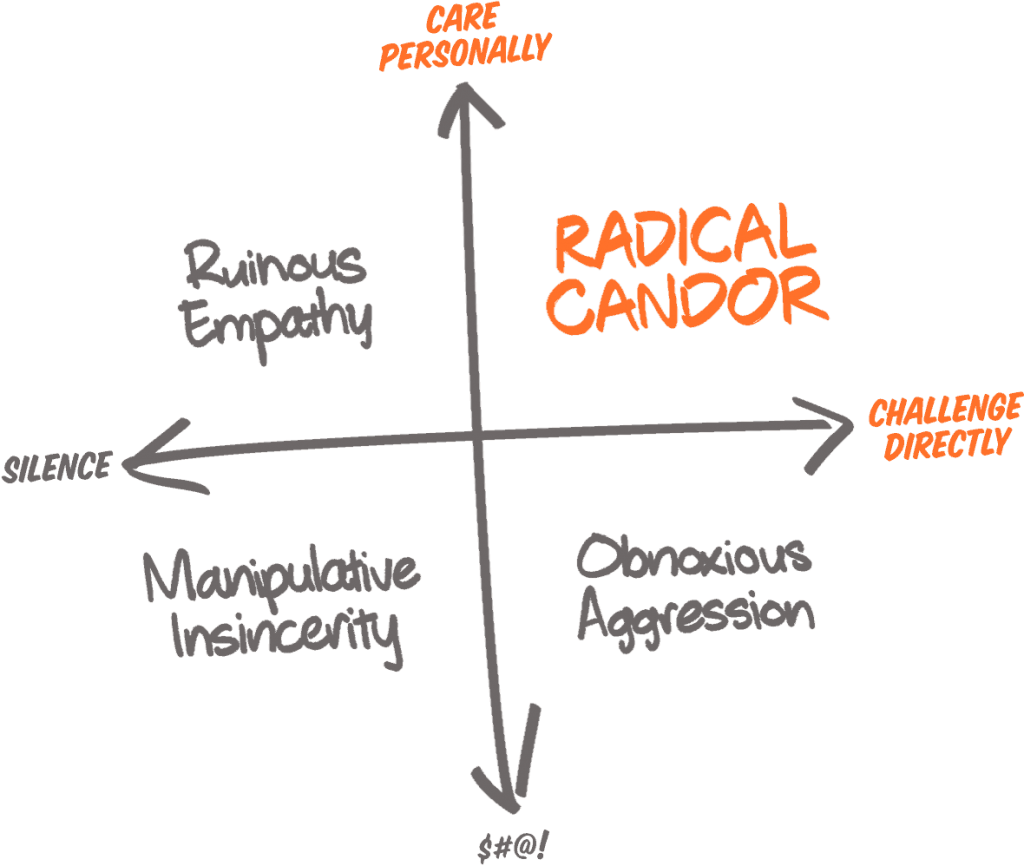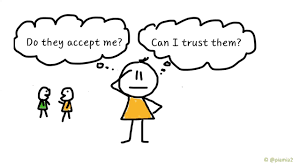
As any agile team progresses in their maturity, psychological safety will no doubt come up as something to strive for in your teams. I would like to offer five tips for Scrum Masters to increase psychological safety within their Scrum team and organization.
The TEDx speech “Building a psychologically safe workplace” by Amy Edmondson has never expired to be the “textbook” reference for anyone reading or researching workplace psychological safety on the internet. You can find ample discussions and articles on her three steps to building a psychologically safe workplace (find some of those articles here and here):
- Frame the work as a learning problem, not an execution problem
- Acknowledge your own fallibility
- Model curiosity
So, we do not want to discuss the same.
Rather, we want to specifically discuss what YOU as a Scrum Master can do to elevate the psychological safety within your organization and the team using lean thinking and empiricism.
But first,
What does ‘psychological safety’ mean for a Scrum team?
Amy Edmondson, in the general context, defines psychological safety as,
“The belief that no one will be punished or humiliated for speaking up with ideas, questions, concerns, or mistakes”.
If I elaborate the above definition to the Scrum context and if EVERY Scrum team member can answer “yes” to the question,
“Can I take risks on my team without feeling embarrassed, insecure, or being labeled as either ignorant, or incompetent, or intrusive, or negative?”.
then that says the team has a psychologically safe environment.

A team without psychological safety is shaking the empirical Scrum pillars of transparency, inspection, and adaptation.
The first steps to lay the bricks of psychological safety…
How can you elevate psychological safety where there are no seeds of psychological safety at all? However, if your Scrum team is built upon the five Scrum values: focus, openness, commitment, courage, and respect, you have laid the foundational bricks to psychological safety.

Focused Scrum teams exhibit the commitment to achieve sprint goals by supporting and encouraging each other towards achieving individual work goals. Open Scrum teams bring problems and challenges to an open table and discuss them respectfully. Committed teams strive to seek resolution around personal challenges and team impediments. Courage makes the team members respectful of challenges and pushes them for effective communication at all times. Respect welcomes the team to be open, diminishes the fear of attack, encourages emotional understanding, and builds a dependable, trustworthy team.
It is difficult to speak of psychological safety where the five Scrum values are absent or at risk. So ScrumMasters!... First, go for a recheck on your Scrum team values before inventing any smarter ways to improve psychological safety. A good assessment I have used in the past is the Five Dysfunctions of a Team assessment that is eloquently articulated by Paul McCarthy in August of 2020.
Five steps to increase psychological safety
1. Follow the liberating structure: ‘Heard, Seen, Respected’
The liberating structure ‘Heard, Seen, Respected’ is about building empathy, compassion, and respect. Using this interaction pattern, you can train the team on how to give uninterrupted attention, how to fully express your problem to another person, and how to fully empathize with another person just by listening on their end.
Find the steps for how you can facilitate ‘Heard, Seen, Respected’ here. After a few practice events, start using this structure actively at sprint reviews and sprint retrospectives to share personal challenges and experiences members faced. You can also use the ‘What, So What, Now What’ structure to retrospect shared experiences and identify the way forward for improvements.
2. Replace zombie Scrum events with engaging Scrum events
Scrum events are not some traditional ‘listening-and-nodding meetings’. Guide your team to get actual work done while participating with active communication with a work-focused mindset at these events. Coach product stakeholders and your organization on interactive Scrum events and initiate communication ethics for Scrum events in the organization based on transparency, inspection, adaptation, openness, respect, and psychological safety.
It is your duty to protect the Scrum team from disrespectful and bad communication coming externally to the team. Engaging-Scrum events not only improve psychological safety but also productivity.
3. Open space for experimentation and learning
Promote an empirical approach for developing the final product. It is common in a Scrum environment that we have to make many assumptions on product features, budget, time plan, skills, risks, team dynamics, etc. But, you can leverage Scrum by acknowledging the room for error and validating assumptions after conducting experiments. As a coach, create space to gain experiences and let the team learn from them. You can fuel the process by asking and encouraging to ask powerful questions.
A Scrum team is essentially composed of members who collectively have the skills and expertise to execute solutions. But, Scrum employees not only should have extensive skills but, most importantly, are expected to share and acquire new skills. Promoting the continuous learning environment and constantly pushing for learning from each other creates respect and an even ground for all the team members for performing.
4. First, seek, then understand
This is more a soft skill you should develop as a Scrum Master. Try to activate all your sources of information before truly understanding something. How? By listening. Practice active listening following empathic observation and asking important questions. Be open and welcome different perspectives. You are striving to create a psychologically safe bubble around you for your teammates and other stakeholders. What if the psychological safe bubbles are contagious? And, yes, they are.
5. Measure and monitor psychological safety
We never know if we are successful instating psychological safety within the team unless we measure it. So, at least quarterly, ask your team if they are feeling safe in their working perimeter and what can you do better to improve their safety. You can either exercise this strategy as one-on-one meetings or as surveys or in a mixed approach. As per my experience, the mixed approach works better because some people prefer personally expressing their feelings whereas others do not.
Final Thoughts
Psychological safety is a key factor determining the team's success. Creating a sense of psychological safety within your team can deliver a higher level of team engagement, more learning and development opportunities, better performance, and better motivation to collectively tackle problems. Enforcing psychological safety within the Scrum team is a crucial responsibility, a key skill a Scrum Master should possess to drive success.